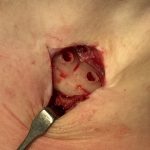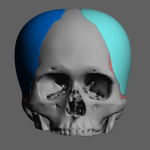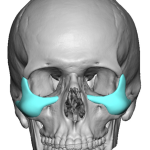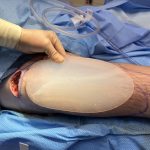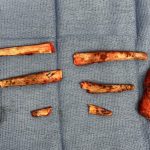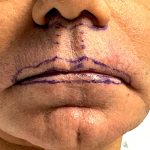Custom Back of the Head Skull Implants (Occipital Implants) – Case Study
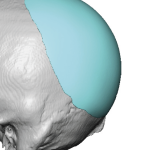
Introduction A back-of-the-head skull implant, also known as an occipital implant, is a cosmetic or reconstructive procedure designed to improve posterior skull projection, roundness, and symmetry. Common indications include: A flat or under-projected occiput (most often congenital) Imbalance in head shape where the front or sides are well developed but the back appears flat Asymmetry Read More…




